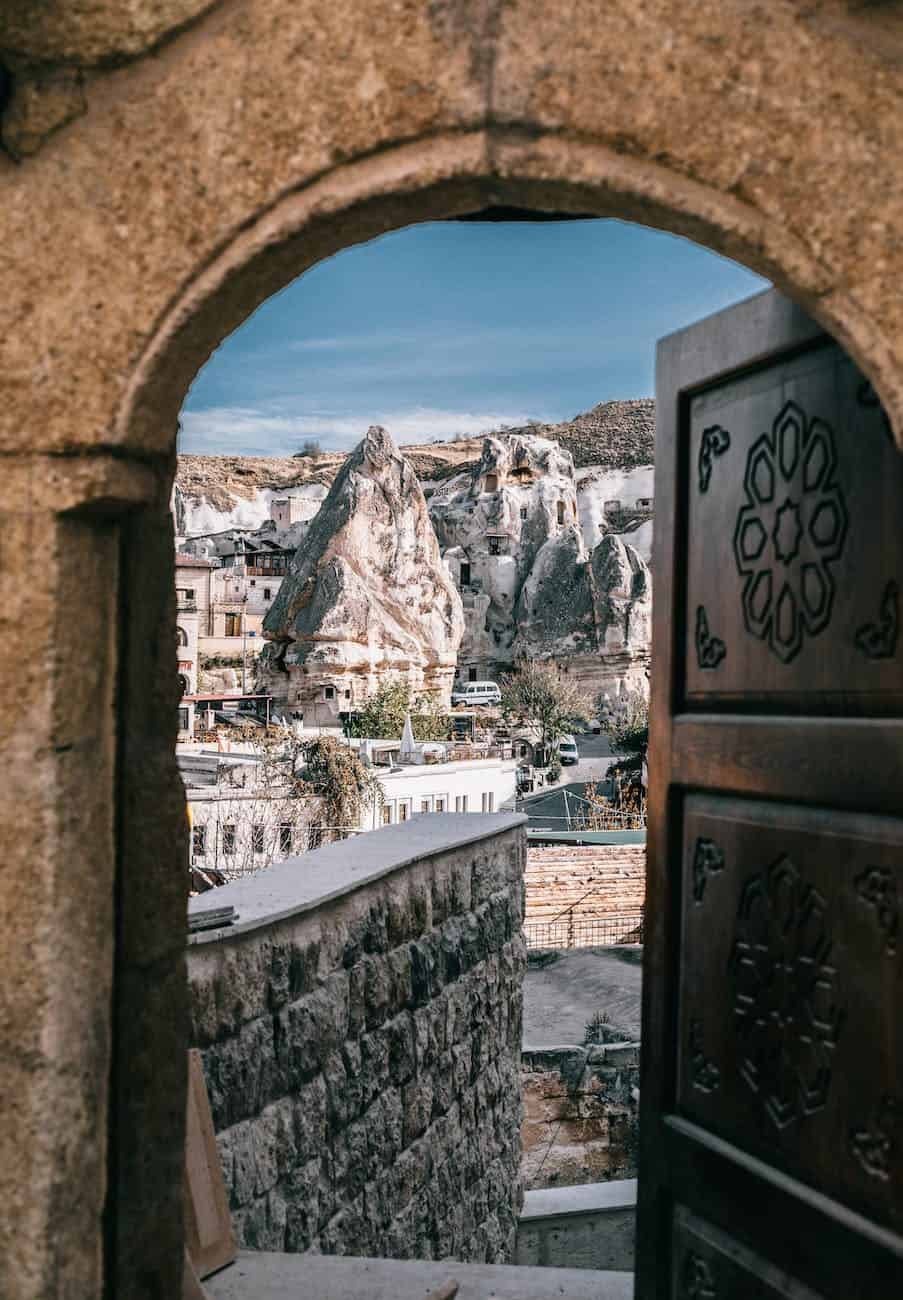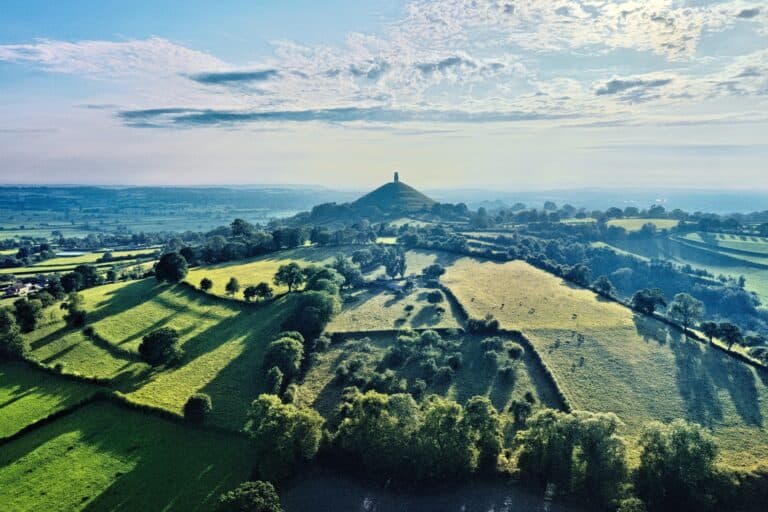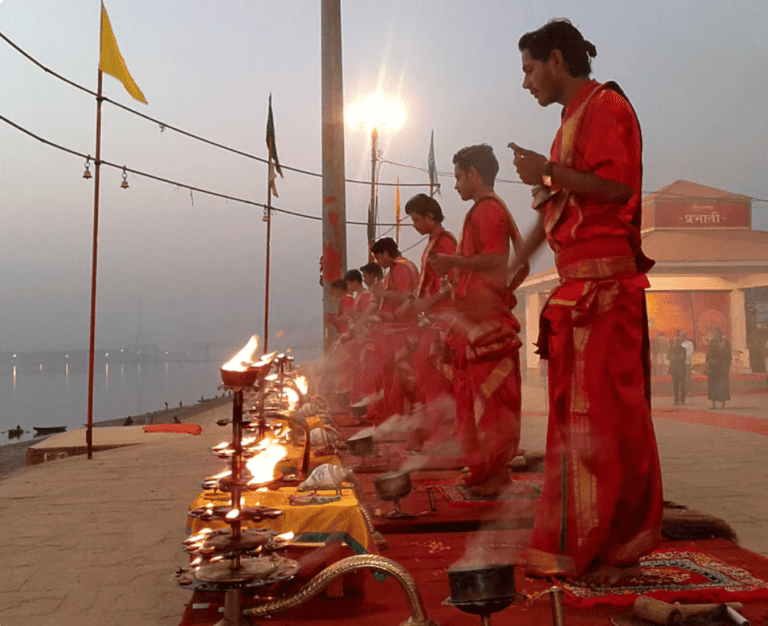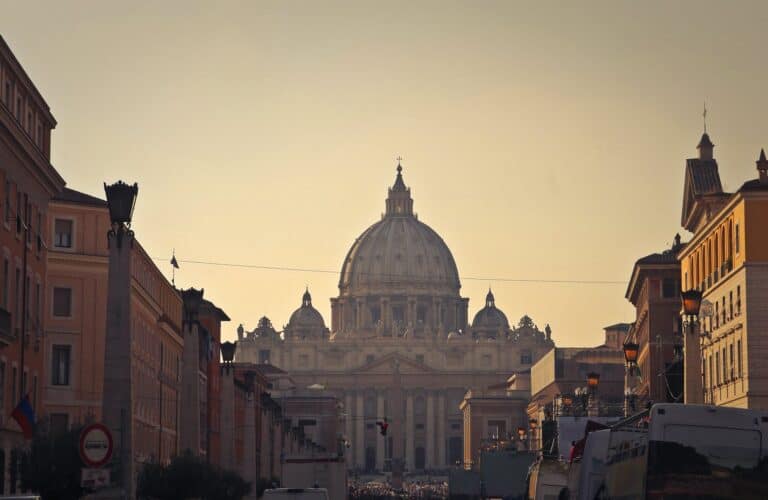The 16 Biblical Sites in Turkey: Sacred & Beautiful Landmarks
There is a treasure trove of sacred Biblical sites in Turkey. Turkey is a land of breathtaking landscapes and rich historical heritage. It is unique in history enthusiasts’ and religious pilgrims’ hearts. This country is a crossroads of cultures and age-old stories from the bible took place here.
In this article, we embark on a journey to uncover Turkey’s captivating biblical sites, each steeped in ancient stories and sacred significance. Be sure also to view our 35 biblical sites around the world post!
Table of Contents

Interested in a Pilgrimage? Check Out my European and UK Pilgrimage Guides!
The Biblical Sites in Turkey
Ephesus: Where St. Paul’s Words Echo Through Time
Near present-day Selçuk, Ephesus is a remarkable testament to the ancient world and Christianity’s early roots. It was a city frequented by the apostle Paul, whose Epistle to the Ephesians carries echoes of his teachings in this once-thriving metropolis.
The Library of Celsus, the Great Theatre, and the House of the Virgin Mary are just a few highlights awaiting those who seek to connect with the biblical past.
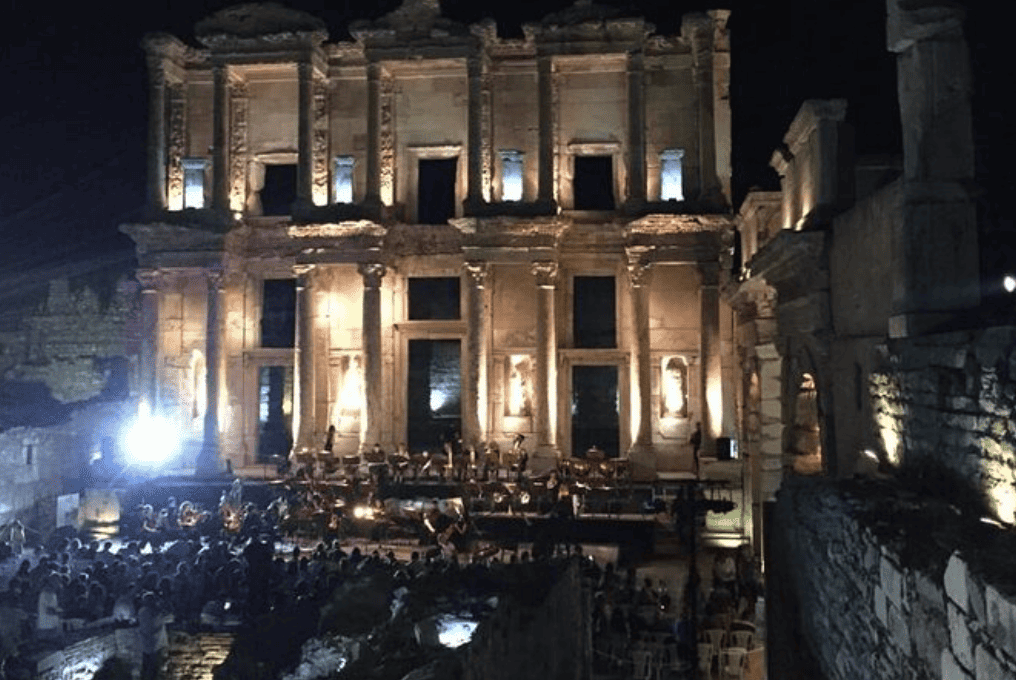
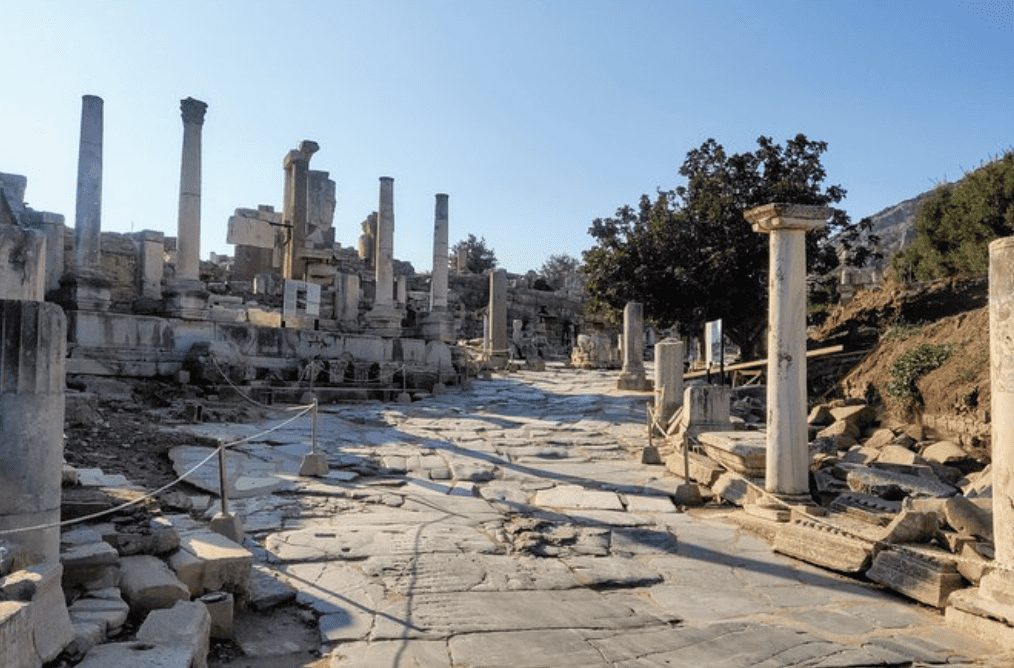
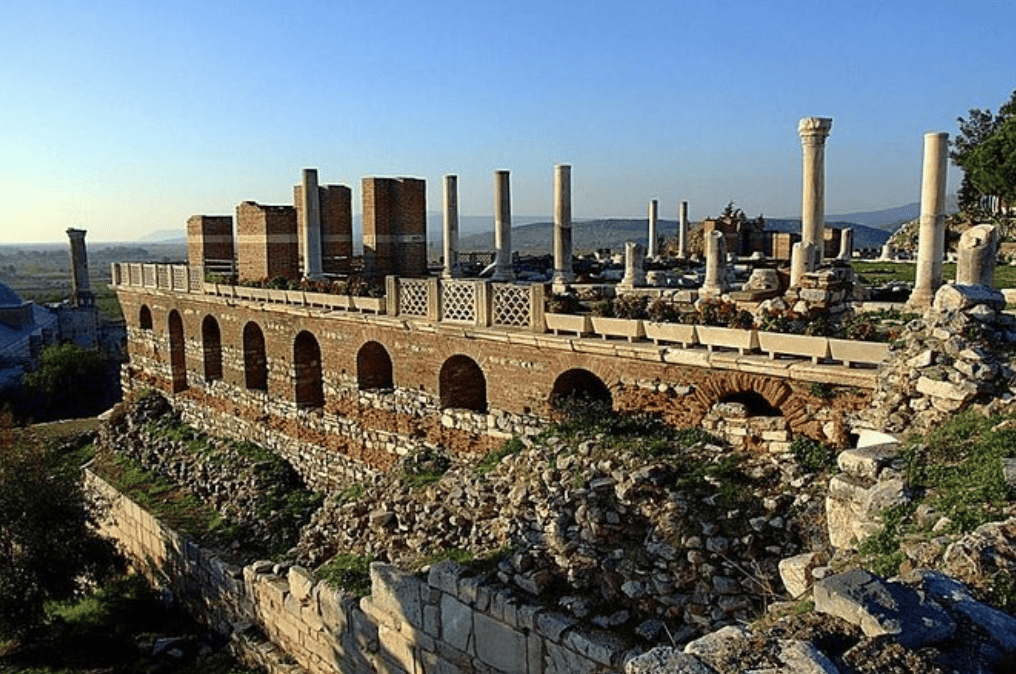
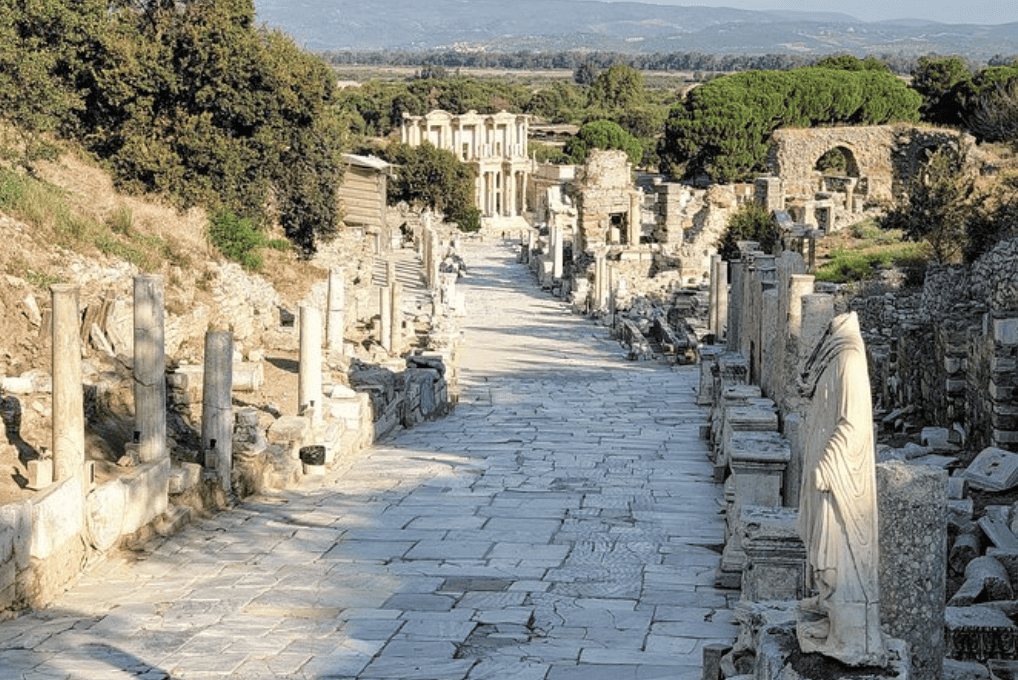
>> BOOK A PRIVATE TOUR OF EPHESUS HERE!
The Iconic Cappadocia: A Testament to Perseverance
Cappadocia’s unique landscapes, honeycomb-like rock formations, and cave dwellings glimpse the perseverance of early Christians fleeing persecution. It is one of the most famous Biblical sites in Turkey.
The region’s underground cities, such as Derinkuyu and Kaymaklı, were not only shelters but also centres of worship. Exploring these subterranean marvels is a step into the past, where faith and survival intertwine.
Book a HOT AIR BALLOON FLIGHT In Cappadocia Here
The Enigmatic Mount Ararat: Noah’s Landing Site
Mount Ararat, the highest peak in Turkey, is indelibly linked to the biblical story of Noah’s Ark. According to Genesis, it was here that the ark came to rest after the great flood.
Although the exact location remains a mystery, the mountain’s towering presence evokes a sense of wonder and reverence as visitors contemplate the enduring power of this ancient tale.
It is one of the most Iconic Biblical sites in Turkey and arguably the setting for one of the most famous stories In history!
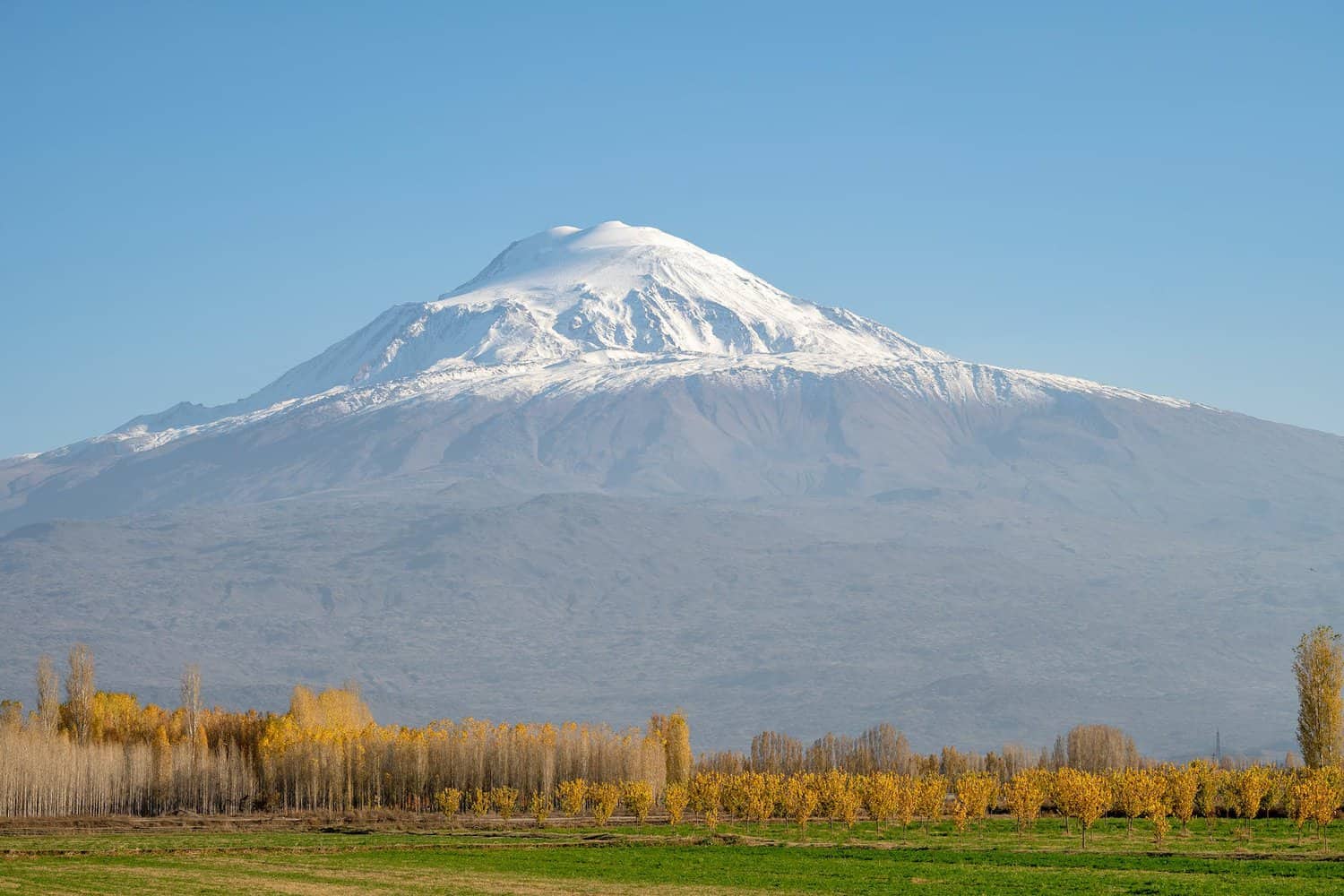
>> VIEW MOUNT ARARAT TOURS HERE
Ancient Antioch: From Persecution to a Fertile Ground for Christianity
Antioch, situated near the modern city of Antakya, carries a history that intertwines with the spread of Christianity. As one of the earliest centres of Christian activity, it was in Antioch that the followers of Jesus were first called “Christians.”
Exploring its ancient streets and visiting the Cave Church of St. Peter provides a glimpse into the lives of the early Christian community.
The Ruins of Tarsus: In the Footsteps of St. Paul
Tarsus, the birthplace of the apostle Paul, offers a unique opportunity to trace his early life and journey. While the ruins of this once-great city provide a window into its grandeur, the personal connection to Paul’s story draws visitors. The well-preserved Cleopatra Gate and the Roman road, among other remnants, take visitors back in time.
Patara: Tracing the Footprints of St. Nicholas
While many know St. Nicholas as Santa Claus, the historical figure behind the legend was a bishop in the ancient city of Patara. Situated along Turkey’s Mediterranean coast, Patara boasts well-preserved ruins, including a grand theatre and a lighthouse.
St. Nicholas’ church is a testament to his legacy, making it a must-visit site for those interested in exploring the roots of the beloved holiday figure.
Laodicea: A Message from the Book of Revelation
The city of Laodicea, mentioned in the Book of Revelation, was one of the Seven Churches of Revelation. Its unique location on trade routes made it a prosperous city in ancient times. Despite its wealth, the city received a stern message from the biblical text about its lukewarm faith.
Today, visitors can explore the archaeological remains of Laodicea, gaining insights into the early Christian community’s challenges and triumphs.
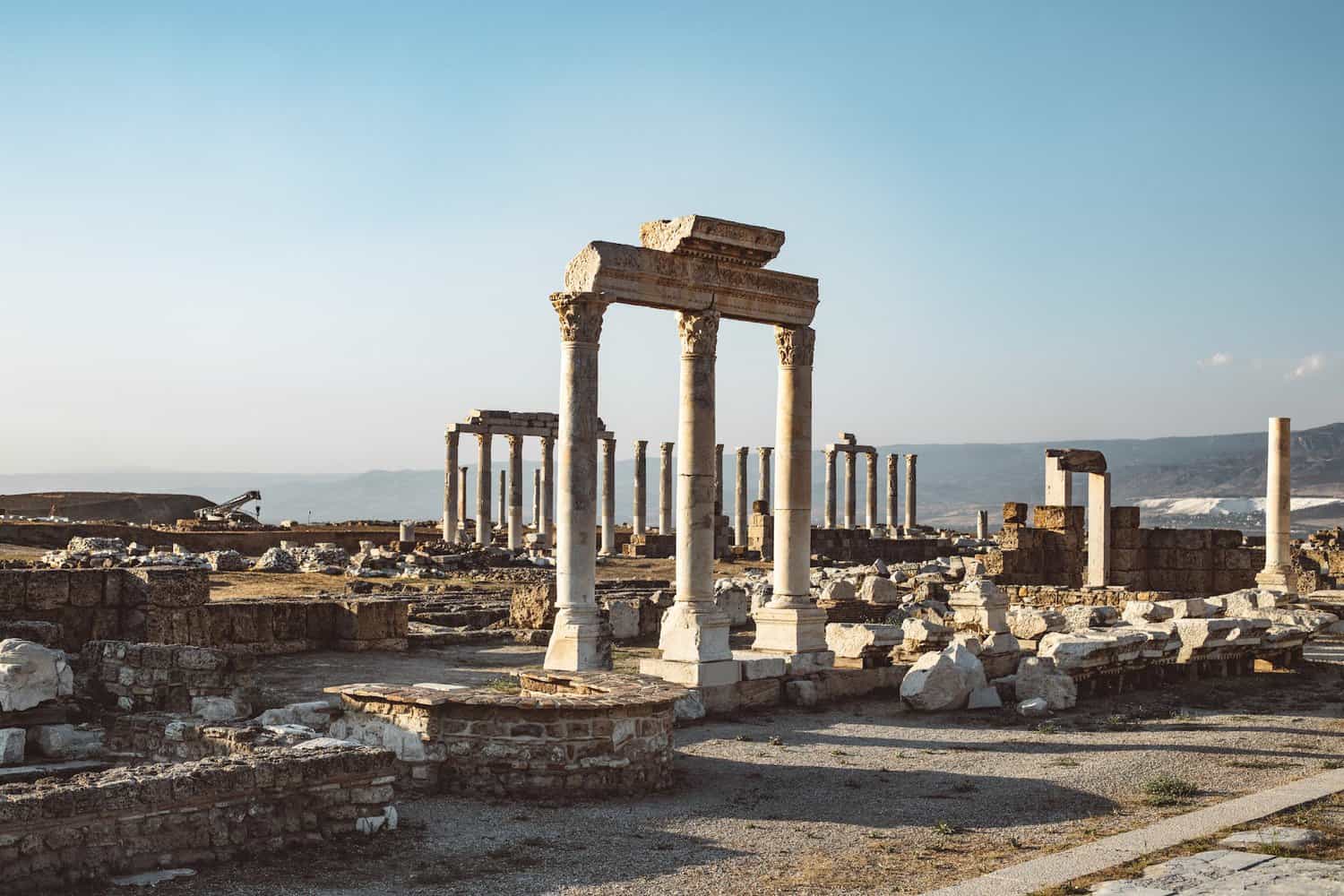
Assos: Paul’s Farewell to Asia Minor
The charming coastal town of Assos, overlooking the Aegean Sea, was visited by the apostle Paul during his third missionary journey. Here, he gave a farewell address to the church elders of Ephesus.
The well-preserved Temple of Athena and the ancient city walls provide a backdrop to this biblical connection, offering a serene setting for reflection and exploration.
Thyatira: Uncovering the Message to the Fourth Church
Thyatira, another of the Seven Churches of Revelation, holds a place in biblical history for the letter addressed to the church in this city. Located in modern-day Akhisar, Thyatira was known for its trade and craftsmanship. Today, the city’s ruins give visitors a glimpse into the past and a chance to contemplate the messages of Revelation that are relevant even today.
Priene: Exploring the Wisdom of Ancient Times
While not directly mentioned in the Bible, the ancient city of Priene offers a unique connection to biblical history through its intellectual and cultural contributions.
Home to philosophers like Bias and Thales, Priene’s well-preserved ruins include an amphitheatre, a temple of Athena, and a council chamber. Exploring Priene provides insights into the intellectual climate of the biblical era.
Sardis: The City of Wealth and Warning
Sardis, one of the other Seven Churches of Revelation, was known for its riches and the invention of coinage. The biblical letter to the church in Sardis urged them to wake up from spiritual lethargy.
The Temple of Artemis, the Gymnasium, and the ancient synagogue are among the ruins that provide insight into the city’s historical and spiritual significance.
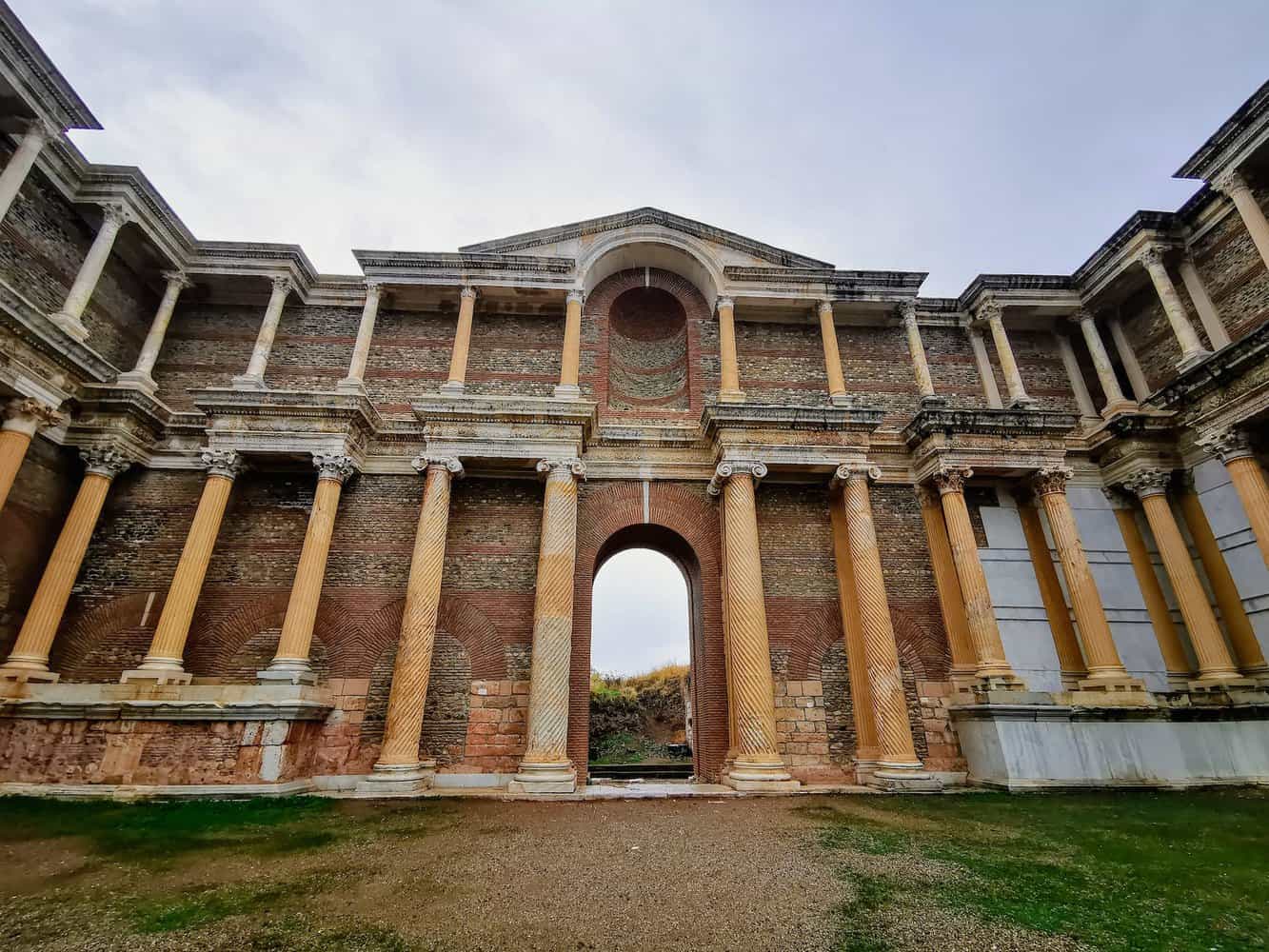
Miletus: Paul’s Emotional Farewell
Miletus, once a bustling port city, is tied to the apostle Paul’s journey and his emotional farewell to the Ephesian elders. Despite its decline, the ruins of Miletus feature a well-preserved theatre and other architectural marvels that offer insight into the city’s historical importance.
Myra: A Glimpse into Early Christianity
Myra, known for its rock-cut tombs and ancient theatre, was home to St. Nicholas during his time as bishop. The Church of St. Nicholas and the Lycian Tombs are significant sites that connect to early Christianity and local history.
Hierapolis: Exploring Ancient Healing Traditions
Hierapolis, famous for its thermal springs and the striking white terraces of Pamukkale, was a city that combined both Roman and Hellenistic influences.
Although not prominently featured in the Bible, the city’s historical context and connection to the early Christian community make it an intriguing destination for those interested in the intersection of faith and culture.
Perge: Tracing Paul’s Missionary Journeys
Perge, an ancient city in the region of Pamphylia, was visited by the apostle Paul during his missionary journeys. Its well-preserved theatre, Roman baths, and collonaded streets offer a glimpse into the urban centres of the ancient world.
Biblical Sites in Turkey Conclusion:
Turkey’s landscapes are awe-inspiring in their natural beauty and resonate with biblical history’s echoes. From the bustling streets of Ephesus to the subterranean passages of Cappadocia and the majestic presence of Mount Ararat, these biblical sites in turkey offer a chance to connect with the stories that have shaped religious traditions for millennia.
Exploring these sites isn’t just a journey through history but a pilgrimage that profoundly unites the past and present. So, whether you’re a history enthusiast or a spiritual seeker, the Biblical sites in Turkey are bound to leave an indelible mark on your soul.
- Which Countries Best Represent Our 5 Senses? – Beautiful, & Sensual Destinations
- The Best Sustainable Eco-Tourism Places to Stay in Mexico 2024 – Beautiful & Unique Stays
- Can Solo Travellers Safely Explore India? An Ultimate Guide!
- How To Plan an Epic Budget-Friendly Trip to Southeast Asia
- Sustainable Tourism Options in Mexico – An Implementation of Hope

